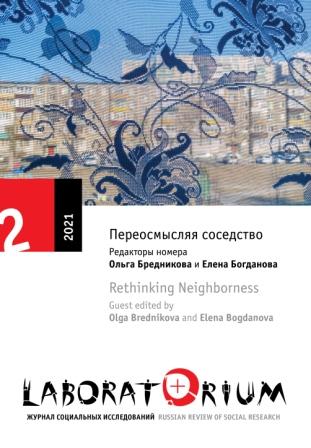Стратегии препятствия оправданию в районных судах присяжных: реформа присяжных в России через социологию Лумана
Strategies of Preventing Juries from Acquitting at the District Court Level: Jury Reform in Russia and Luhmann’s System Theory
Author(s): Konstantin SkoblikSubject(s): Criminal Law, International Law, Recent History (1900 till today), Government/Political systems, Politics and law, Sociology of Law, Court case
Published by: Центр независимых социологических исследований (ЦНСИ)
Keywords: Crime Control Model; Jury Reform in Russia; Jury Trials in District Courts; Autopoiesis; Criminal Justice System; Acquittal; System’s Capacity for Irritability;
Summary/Abstract: The crime control model has been operating in Russia since the 1960s. The well-oiled machine of criminal justice based on this model had been producing the 99.8 percent conviction rate until the jury system reform began in 2018. This reform aimed to legitimize criminal justice by introducing jury trials to district courts. In the first two years of the reform, newly introduced jury trials produced acquittal rate of close to 25 percent, which is more than 100 times higher than the previously common acquittal rate of 0.2 percent. It is clear that jury trials are destabilizing the Russian criminal justice system instead of legitimizing it. Preliminary results of the study on which this article is based show that an evolution of the crime control model is underway in Russia. The criminal justice system deploys various strategies to decrease chances of acquittal in jury trials. Among the frequently recurring ones are manipulation in communication, trial “recursion,” trial acceleration, and system’s learning. Additional strategies, observed more infrequently, include the prosecution using victims to persuade jurors (when victims ask inadmissible questions during examination or give an emotional speech in front of the jury) and the court’s assistance to prosecutors in presenting evidence (giving advice on how to present photographic evidence effectively or how to conduct an examination). All these practices allow the system to control the acquittal rate and stabilize itself. The theoretical frame of the study is based on Niklas Luhmann’s autopoiesis theory (irritations, system’s capacity for irritability, coevolution). Because of the autopoiesisbased approach, I conceptualize the jury trial as a structural coupling between the crime control model and political system. This type of trial appears to be a source of system irritations that lead to its evolution. Methodologically, the study is based on observations of jury trials and defense lawyers’ working groups.
Journal: Laboratorium. Журнал социальных исследований
- Issue Year: 13/2021
- Issue No: 2
- Page Range: 207-239
- Page Count: 33
- Language: Russian

